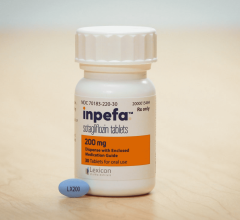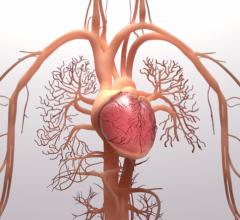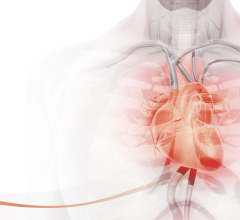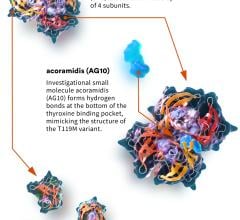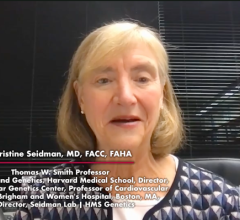
September 18, 2009 – The FDA has approved Valturna (aliskiren and valsartan) tablets, the first and only medicine to target two key points within the renin system, also known as the renin angiotensin aldosterone system (RAAS), an important regulator of blood pressure.
This is the first approval for Valturna, which is indicated for the treatment of high blood pressure in patients not adequately controlled on aliskiren or angiotensin receptor blocker (ARB) monotherapy and as initial therapy in patients likely to need multiple drugs to achieve their blood pressure goals.
Novartis Pharmaceuticals said the drug offers an important additional treatment option for physicians and hypertension patients, many of whom are not at their blood pressure goal. Valturna combines in a single pill valsartan, the active ingredient in Diovan, the number one selling branded high blood pressure medicine worldwide, and aliskiren, the active ingredient in Tekturna, the only approved direct renin inhibitor (DRI). Valturna offers significantly greater blood pressure reduction than either valsartan or aliskiren alone.
"When it comes to diagnosing and treating high blood pressure, there is a real need for innovative therapies that help patients get to a healthier blood pressure range," said John Flack, M.D., Valturna investigator, and chairman of the department of internal medicine, Wayne State University, Detroit. "Now for the first time, we have a treatment option in one pill that targets two key points of the RAAS, which may be overactive in many hypertensive patients."
This approval was primarily based on a pivotal eight-week randomized, double-blind, placebo-controlled clinical trial in approximately 1,800 patients, which studied aliskiren 150 mg and 300 mg and valsartan 160 mg and 320 mg alone and in combination. The initial doses of aliskiren and valsartan were 150 mg and 160 mg, respectively, and were increased at four weeks to 300 mg and 320 mg, respectively. Blood pressure reductions with the aliskiren/valsartan combination were significantly greater than with the monotherapies or placebo at the eight-week primary endpoint. Mean systolic and diastolic blood pressure reductions from baseline were 17.2/12.2 mmHg for aliskiren 300 mg/valsartan 320 mg, compared with 12.8/9.7 mmHg for valsartan 320 mg, 13.0/9.0 mmHg for aliskiren 300 mg, and 4.6/4.1 mmHg for placebo (p
The single-pill combination Valturna targets the RAAS in two ways. The valsartan component blocks, at the receptor level, the action of angiotensin II, an important end product of the RAAS that causes blood vessels to tighten and narrow. The aliskiren component reduces angiotensin II levels by directly inhibiting renin, an enzyme produced by the kidneys that starts a process, which leads to formation of angiotensin II. An overactive RAAS is an important contributor to high blood pressure in many patients. By targeting two key points within the RAAS, Valturna helps blood vessels relax and widen so blood pressure is lowered.
Research suggests that up to 85 percent of hypertensive patients may need multiple medications to help control their blood pressure, underscoring the need for effective combination treatments.
Valturna, Tekturna and Diovan are not approved to treat or prevent stroke, heart attack, heart failure, kidney failure or eye problems resulting from high blood pressure.
For more information: www.novartis.com


 July 10, 2024
July 10, 2024 
